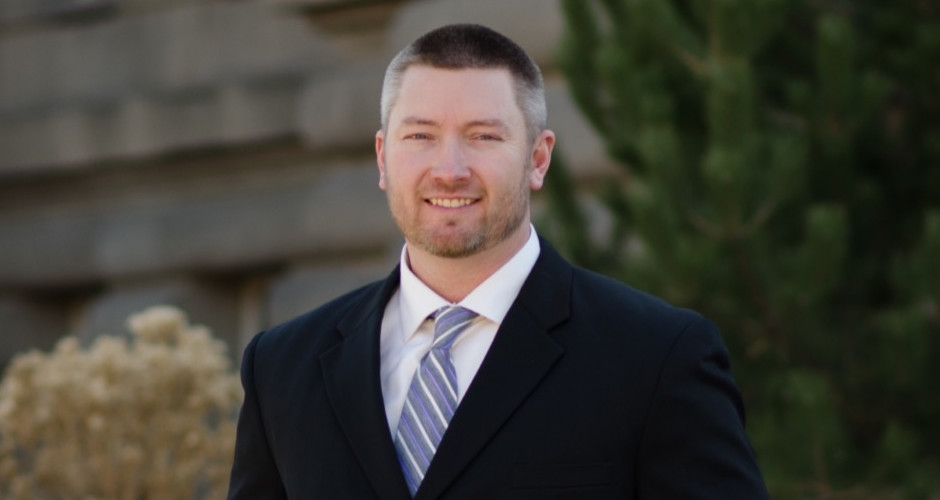Urban renewal is typically portrayed in a positive manner. After all, who doesn’t want to eliminate run-down areas of our municipalities? Even though urban renewal sounds like a great idea, it requires much more scrutiny than it has been given by the citizens of Canyon County.
Urban renewal first became a reality in Idaho in 1965 and can be found in Idaho Code Title 50, Chapter 20. The initial intentions of urban renewal seemed noble enough with the goal of improving ‘deteriorated or deteriorating’ areas in the name of public safety and fiscal stewardship. Supposedly, Idaho’s inner cities were getting to the point that they were unsafe, promoted juvenile delinquency, and were a drain on public resources. Over the past few decades, what has actually taken place is a different story. Rather than focus on older, downtown areas, urban renewal districts are often created where the majority of the ground is used for agricultural purposes.
When an urban renewal district (URD) is established by the urban renewal agency (URA), different rules apply to the collection of property taxes within the district versus those that govern how property taxes are levied against property outside of the district. For those areas not in the URDs, the county assessor places a value on a piece of property, that value is multiplied by multiple levy rates for things such as schools and the highway district, and the resulting total is the amount the property owner is to pay.
For property inside the URD, the assessed value of the property at the time the URD was created is called the Base value. Any increase in the value after the creation of the URD, above the Base value, is called the Increment value. The county, cities, schools, etc. only receive their apportioned dollars on property taxes collected based on the Base value of properties within the URD, rather than the Taxable Value. The Increment value is used to calculate the property taxes that are to be paid to the URA. These funds are then used to pay off debt incurred by the agency to build or improve different properties.
For example, a local school district levy rate is roughly .005 per $100,000 of taxable value, which equals $500. Now, if that same piece of property is in a URD and the value over time has increased to $250,000, the calculation for the schools would like this: $500 for the schools (Base) and then $150,000 x .005 = $750 to the URA for debt service, not for schools (Increment). Factor in all of the properties within the URD and the total dollar amount becomes substantial.
Based on this example, URDs are a drain on public resources because the taxes collected by the URD are not spent on anything other than what the district was initially created for. Because these dollars do not help pay for services or schools throughout the county, property taxes must be higher on all properties not in URDs to make up for the shortfall.
By focusing on land other than downtown areas, URDs have promoted urban sprawl and that has led to greater infrastructure needs, such as sewer and roads. Much of this new development inside the URD does not have the property tax base to cover the costs of the infrastructure to serve them because the taxing districts can only collect property taxes off of the Base value of the property. Once construction begins, the property’s value increases substantially (Increment), and those tax dollars are diverted to debt service on bonds for projects such as the Nampa library and public safety building until the end of that particular URD, which is typically 24 to 30 years.
Another issue with urban renewal is what the money is actually used to pay for. The library, public safety building, and the Canyon County Administration building were all built with urban renewal monies and are property tax exempt. This means that millions of dollars in property taxes were used to build them, but the value of the buildings will never be used to help pay for the infrastructure and maintenance needed to keep them functioning as designed. It also means that those millions of dollars were not used to help pay for local schools and roads.
Urban renewal cannot be reformed to a point where it becomes beneficial. The Idaho State legislature allowed for urban renewal and it can subsequently remove the ability of any new URA’s to be created. The legislature should take action to end urban renewal in Idaho once and for all.


